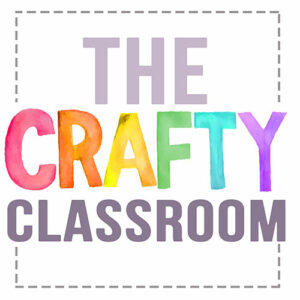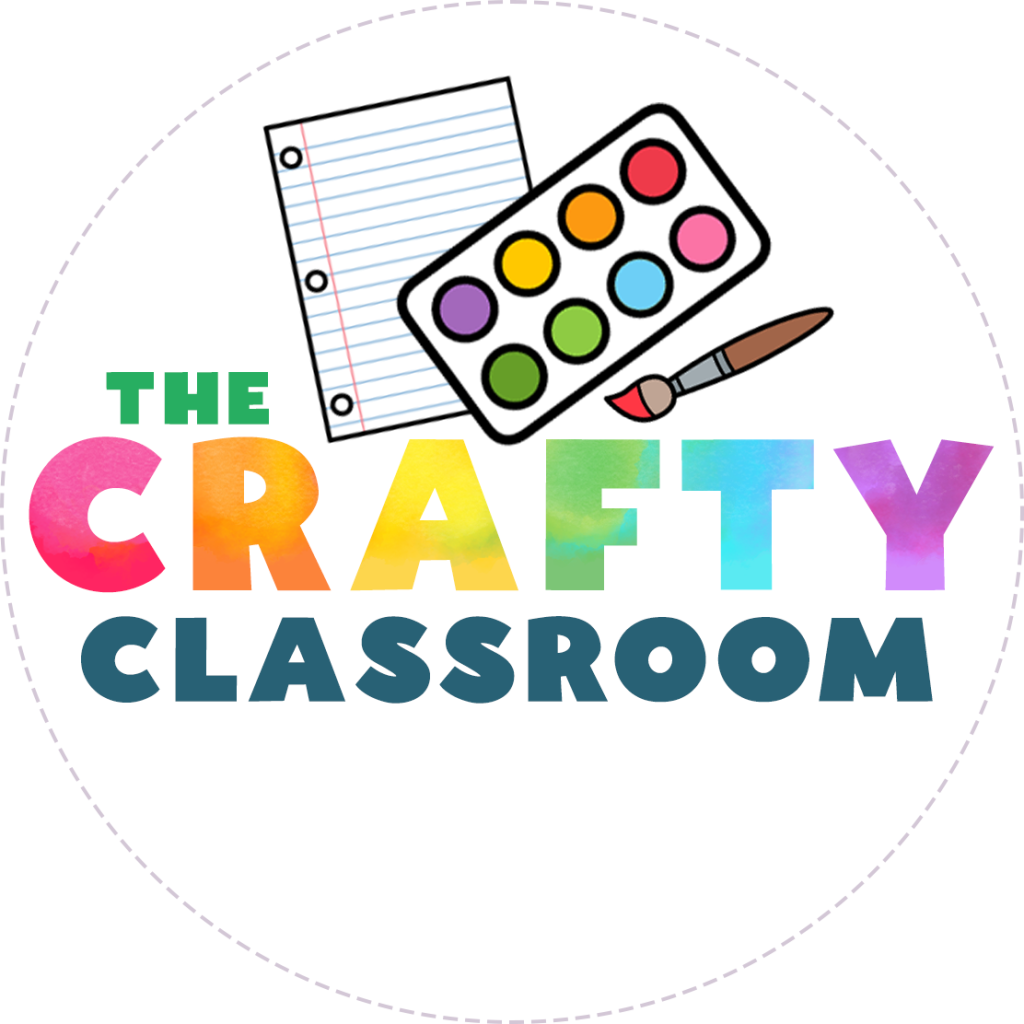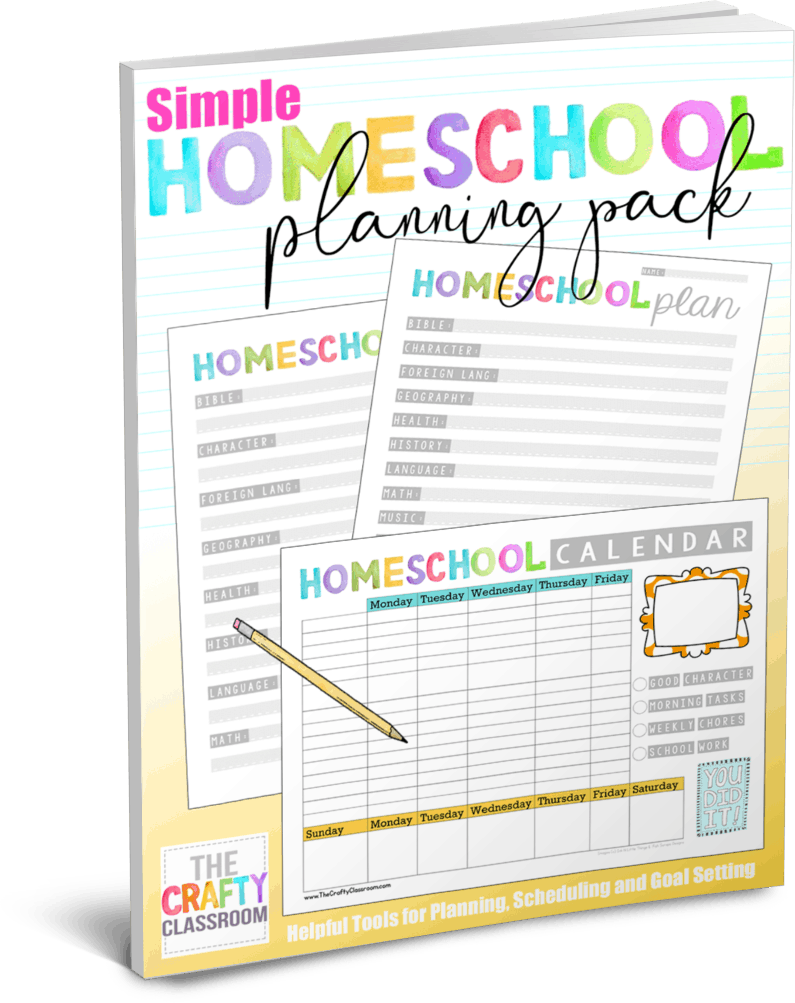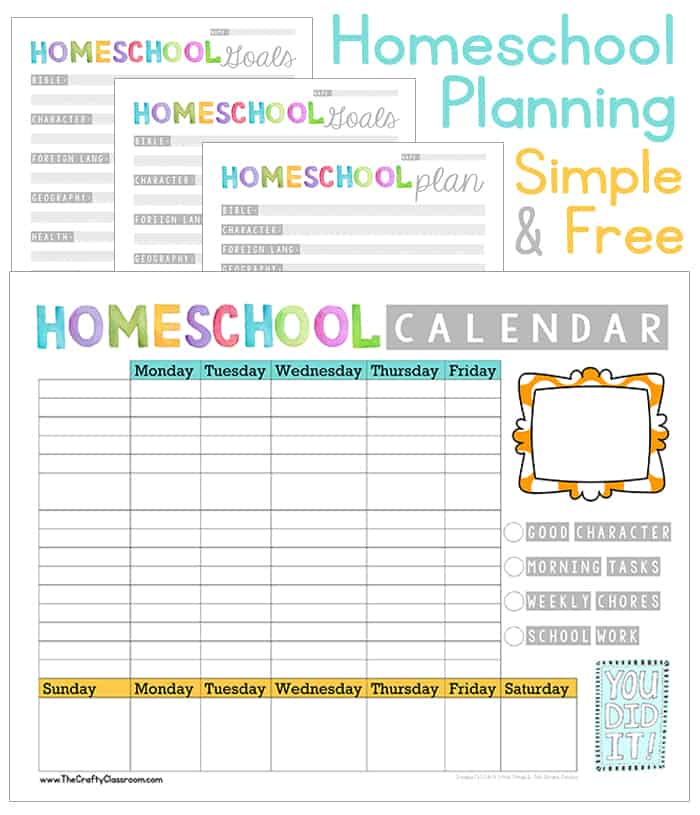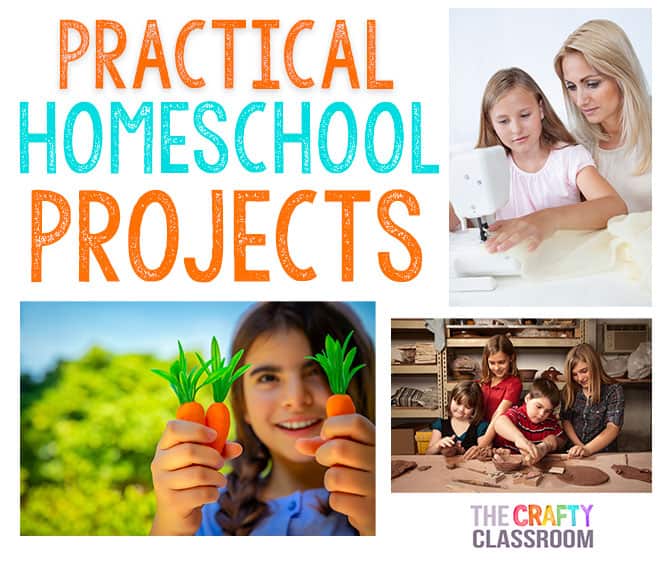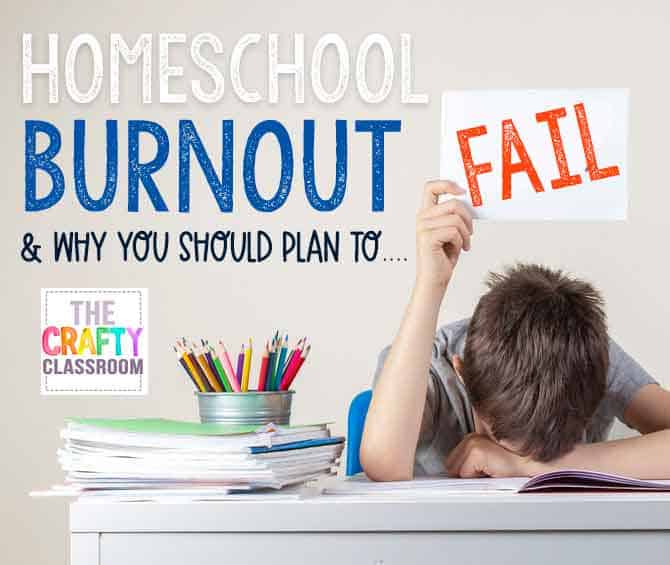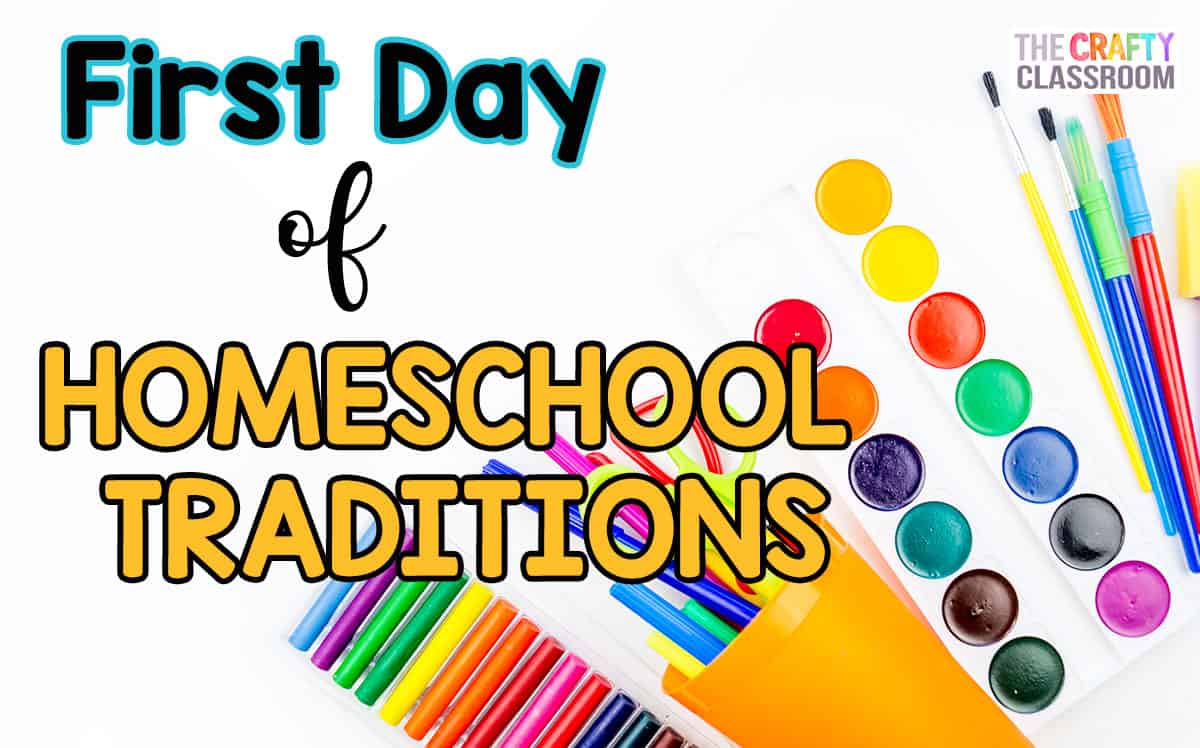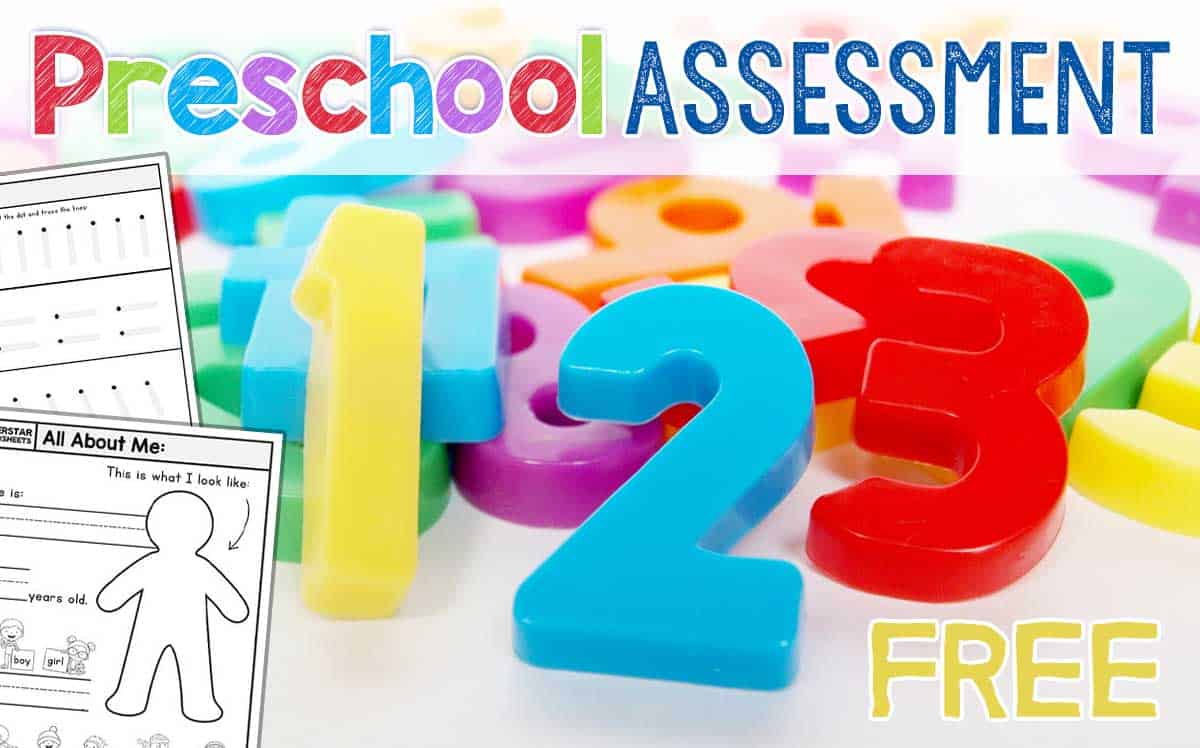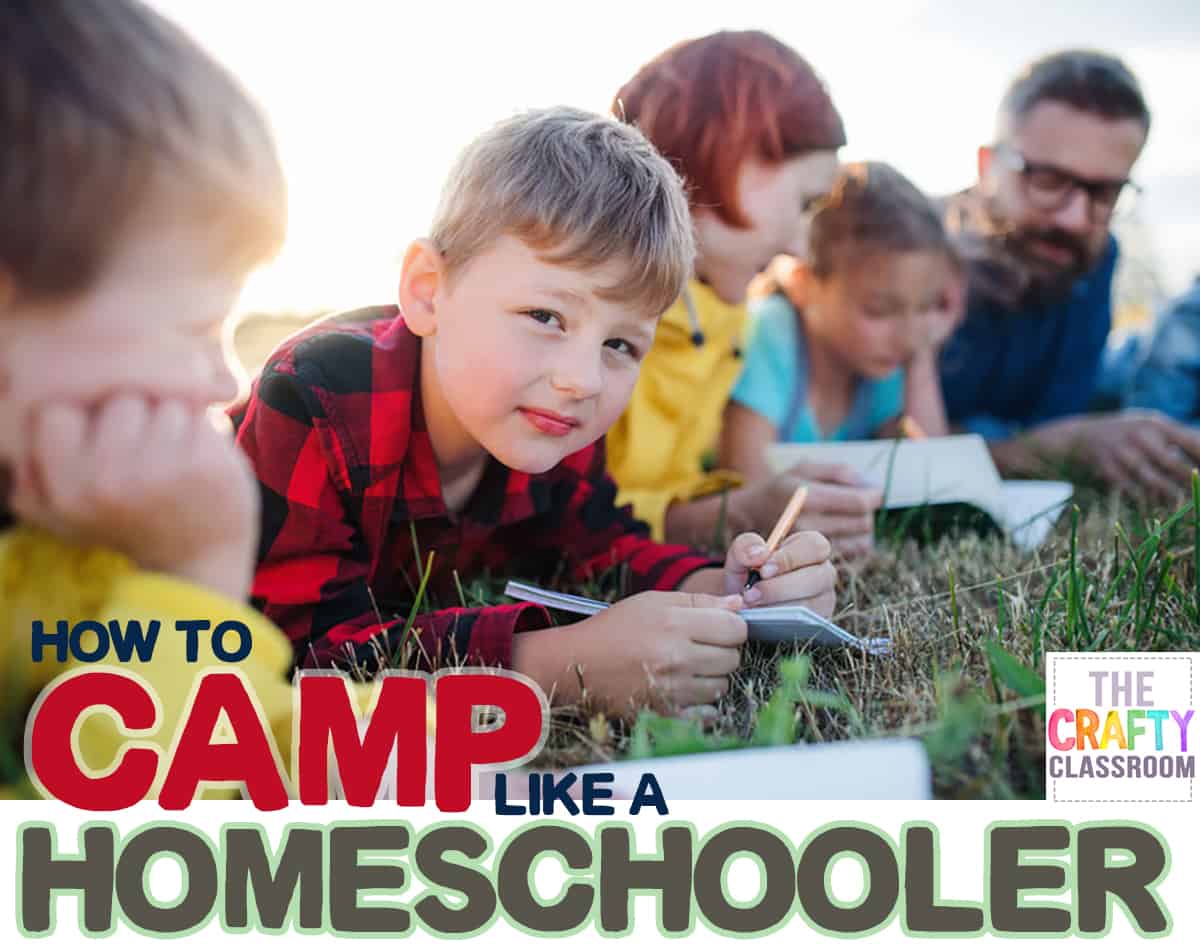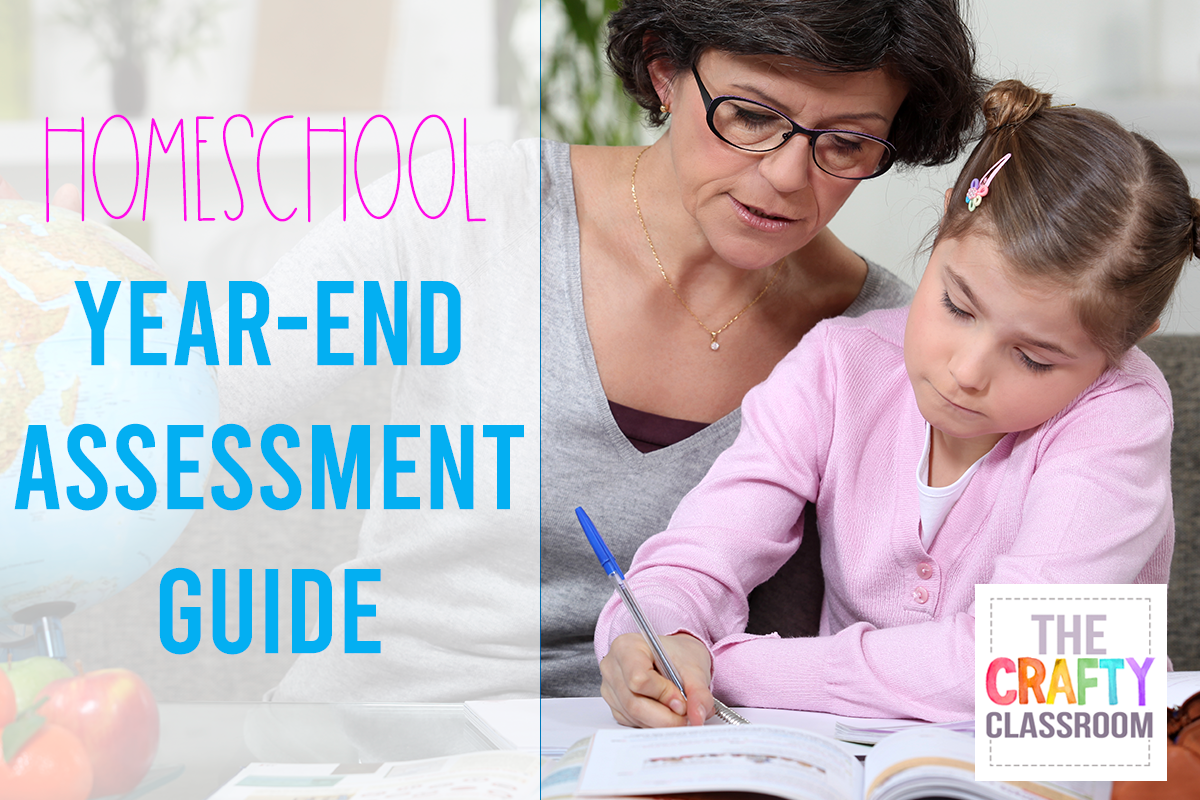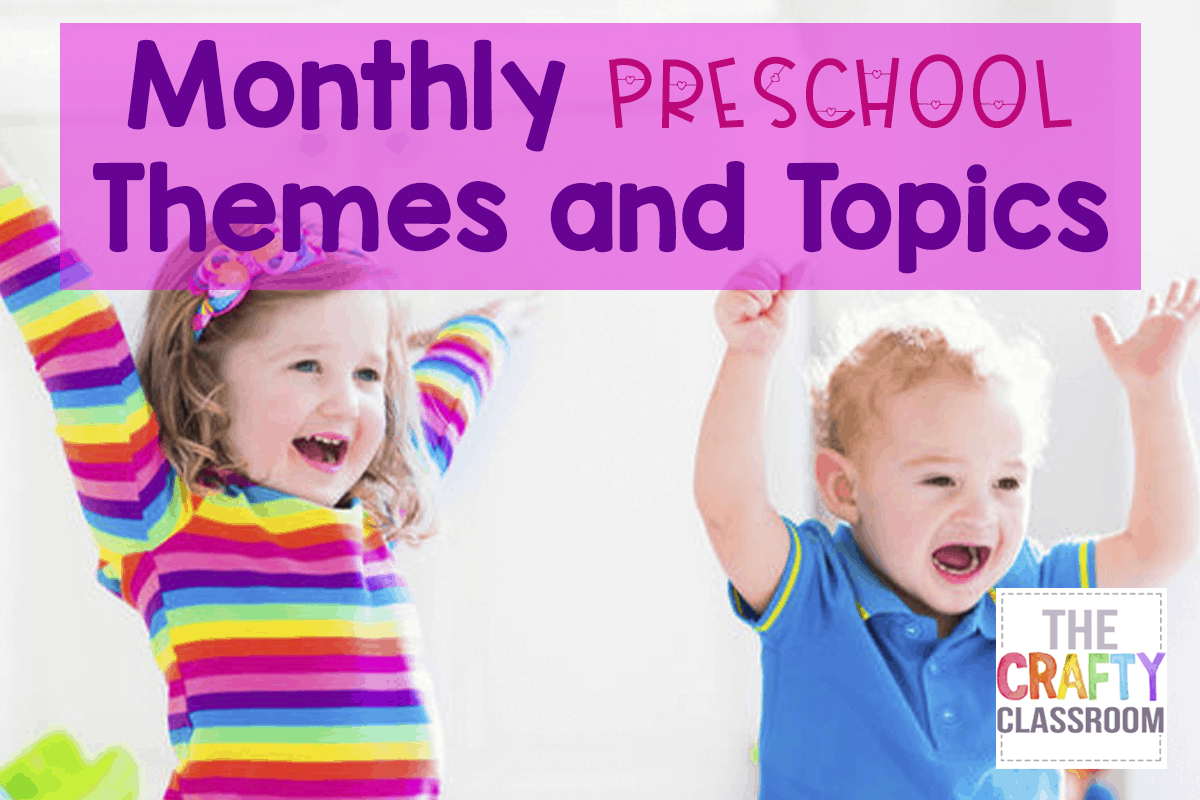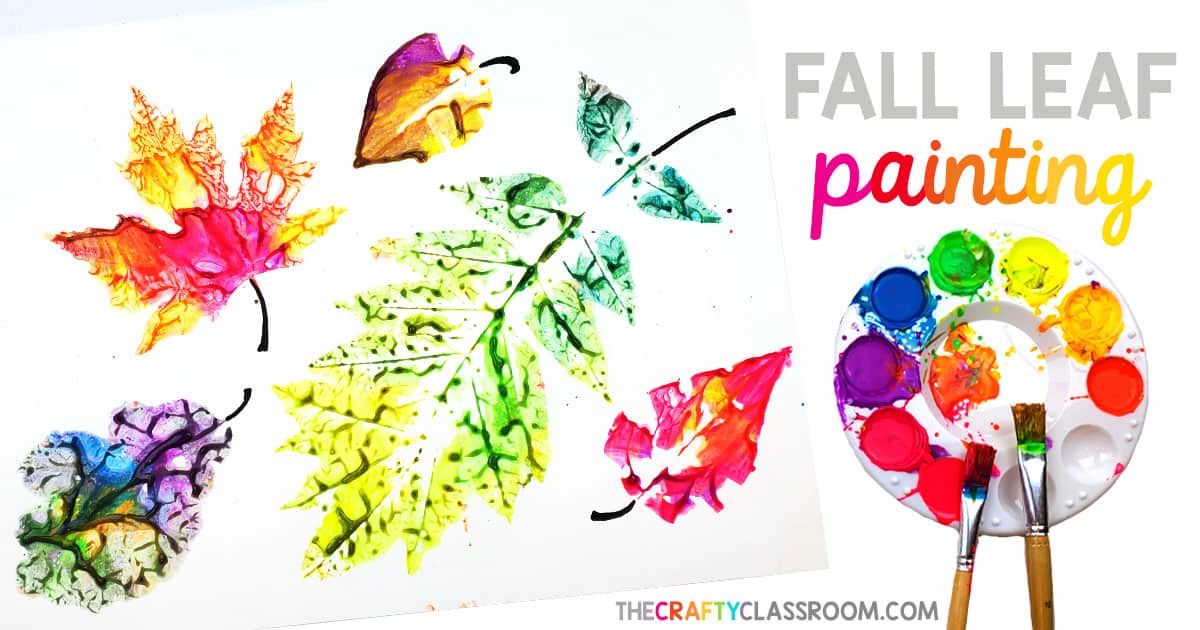Results From Blog
Free Simple Homeschool Planning Pack
This set of simple homeschooling resources is intended to help you simplify your goal setting, curriculum shopping and daily...
Free Homeschool Planning Printables
Well, I've done it again. I've waited until the last two weeks before really coming up with a solid Homeschool Plan. Sure...
Homeschool Curriculum Planning
When it comes to curriculum planning I like to keep things organized. But sometimes I get bogged down by the...
Homeschool Checklist by Month
You are ready to start homeschooling, now what? Keeping up with homeschooling is the easiest way to succeed. Here's a...
When to Switch Homeschool Curriculum
You have spent weeks or maybe months planning your homeschool year. Everything seems set and you know this will be...
How to Encourage Independent Learning
Homeschooling is hard work. You may be feeling overwhelmed by how much work it is, especially if you have a...
Trick or Treat Alternatives
After so many months of life being different, you may be looking for ways to bring some normalcy into your...
Practical Homeschooling Projects
Many people think that homeschoolers just lock themselves in their homes and never see another soul. However, homeschooling is full...
Homeschool Burnout: Why You Should Plan to Fail
You have been planning for weeks, maybe months. The pencils are all sharpened, the textbooks are nice and shiny, and...
Simple First Day of Homeschool Traditions
You've spent hours planning and days shopping for curriculum supplies. Now, the first day of homeschool is right around the...
Preschool Assessment
Preschool has become an important part of early childhood. We want our children to have the best start. Preschool offers...
How to Camp the Homeschool Way
A group of small school children with teacher on field trip in nature. Are you looking to getaway? Want to just...
Free Distance Learning Programs
Learning from home is on the rise. However, being home doesn't mean your educational resources are limited. In fact, this...
Homeschool Year-End Assessment Guide
The end of the year is coming and it's time to wrap up homeschooling. Before you rush off to your...
Homeschool Conventions by State
You have made it through the dead of winter and are eagerly looking forward to spring. You are probably also...
Monthly Preschool Themes & Topics
Preschoolers are naturally curious and excited to learn. You may be wondering what to teach your preschooler and when. A...
January Homeschool Checklist: Taking Inventory
The new year is here, and even though it isn’t a new homeschool year, there is some housekeeping to be...
